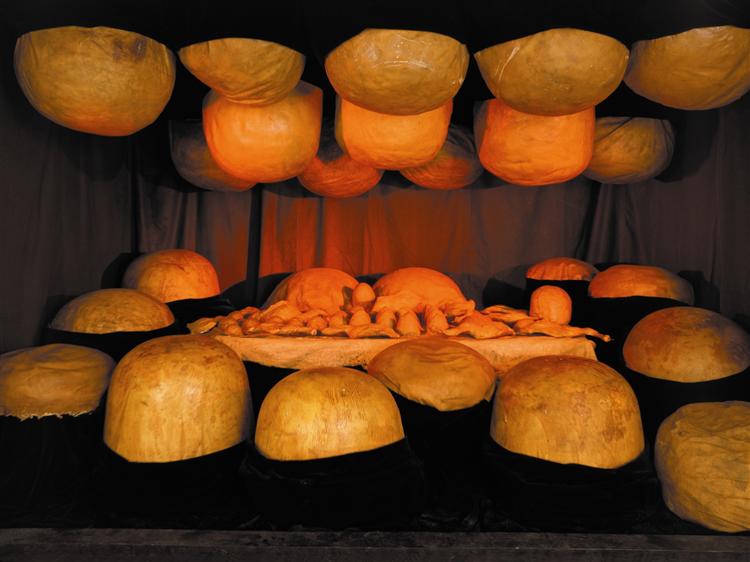Louise Bourgeois (1911-2010) was a prominent French-American artist, renowned for her emotionally charged, avant-garde works. Her art often explored themes of sexuality, trauma, and the human subconscious.
Bourgeois employed various mediums, including sculpture, drawing, and installation, creating a profound impact on modern and contemporary art with her introspective and often provocative pieces.
Louise Bourgeois, a pioneering artist, defied artistic boundaries with her distinctive style and profound philosophy.
Her work spans sculpture, painting, and installation art, often exploring themes of the human psyche, sexuality, and vulnerability. Drawing from her own life experiences and psychological theories, Bourgeois’ art delves into memory, trauma, and the complexities of interpersonal relationships.
Her iconic spider sculptures, like Maman, evoke maternal protection and fear, while her Cells series creates immersive, emotionally charged environments.
Bourgeois’ profound impact on contemporary art and feminism endures, pushing boundaries, challenging taboos, and promoting introspection about the hidden corners of the human experience.
Let’s look at the top artworks of Louise Bourgeois
Maman
Maman (1999) is a monumental spider sculpture series by Louise Bourgeois, symbolizing maternal protectiveness and fear.
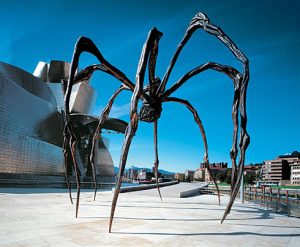
Standing as tall as 30 feet, these imposing arachnids evoke the dual emotions of nurturing and threat. The sculpture embodies Bourgeois’ exploration of family dynamics and emotional complexities, provoking reflection on the human psyche.
Cells
Cells is a remarkable series of installations by Louise Bourgeois. These room-like structures, created from the late 1980s, evoke personal, emotional experiences, filled with symbolic objects and imagery.
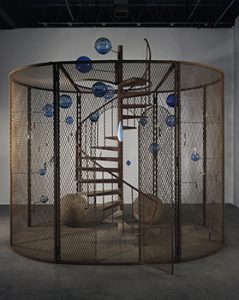
Bourgeois’ Cells engage viewers in a deep exploration of memory, trauma, and the complexity of human relationships, inviting contemplation of psychological landscapes.
Quarantania
Quarantania (1947-1953) is a powerful series of sculptures by Louise Bourgeois.
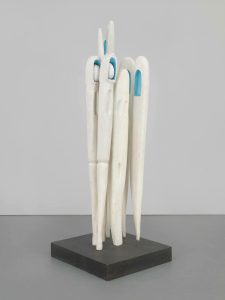
These vertically elongated pieces depict forms suggestive of male and female sexuality, exploring themes of desire, relationships, and vulnerability. Bourgeois’ Quarantania reflects her unique ability to capture complex emotions and psychological states through abstract and evocative sculptural forms.
Femme Maison
Femme Maison (1947-1949) is a significant artwork by Louise Bourgeois. These paintings depict women with houses for heads, symbolizing domesticity and the struggle for identity within societal roles.
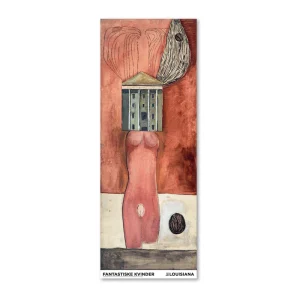
Bourgeois’ Femme Maison explores themes of femininity, confinement, and the complex relationship between women and domestic life in a patriarchal society.
Fillette
Fillette (1968) is a notable sculpture by Louise Bourgeois, depicting a phallic form that embodies vulnerability and sexuality.
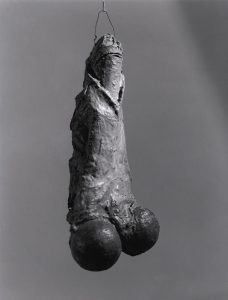
This evocative piece, despite its diminutive size, challenges traditional masculinity, exploring themes of power, fragility, and the complexities of human identity through Bourgeois’ unique, symbolic artistic language.
Spiral Woman
Spiral Woman (1984) is a sculpture by Louise Bourgeois, portraying a female figure entwined in a spiraling, organic form.
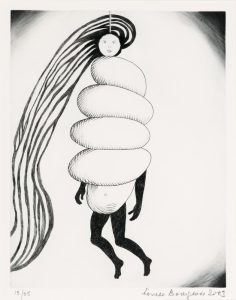
This artwork reflects Bourgeois’ exploration of transformation, inner emotions, and the relationship between the human body and nature. It embodies her unique ability to capture complex psychological and sensual themes in sculptural creations.
Nature Study
Nature Study is a series of artworks by Louise Bourgeois created from 1984 to 1986. This collection features sculptures that merge organic and abstract forms, exploring the relationship between the human body and nature.
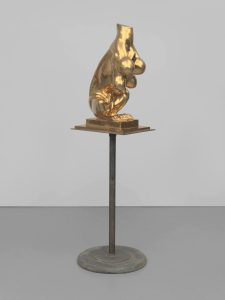
Bourgeois’ Nature Study reflects her deep contemplation of form, materiality, and the human experience, offering a profound visual and emotional journey.
Pregnant Woman
Louise Bourgeois’ Pregnant Woman (2002) is a sculpture symbolizing fertility and the female form.
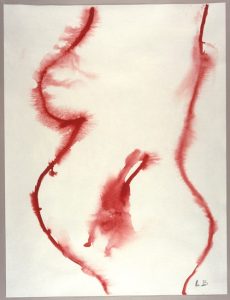
This artwork embodies themes of creation and femininity, capturing the physical and emotional transformation of pregnancy.
Bourgeois’ piece reflects her exploration of motherhood and the complexities of human relationships within the context of feminine experiences.
Eyes
Louise Bourgeois’ Eyes (1982-1987) is a series of sculptures representing introspection and observation. These evocative artworks symbolize human perception and emotional depth, employing the motif of the eye.
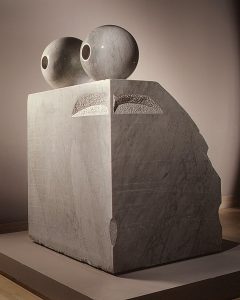
Bourgeois’ Eyes prompts contemplation on visibility and insight, reflecting her exploration of psychological landscapes and the human psyche through art.
Janus Fleuri
Janus Fleuri by Louise Bourgeois is a dual-headed sculpture, referencing birth and death. This piece explores duality, transformation, and the passage of time.
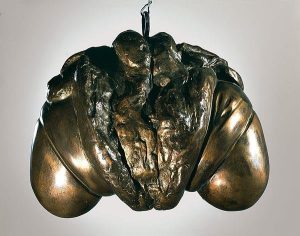
The artwork, created in 1968, symbolizes the complex layers of life’s beginnings and endings, reflecting Bourgeois’ exploration of multifaceted emotional and psychological themes through sculpture.


